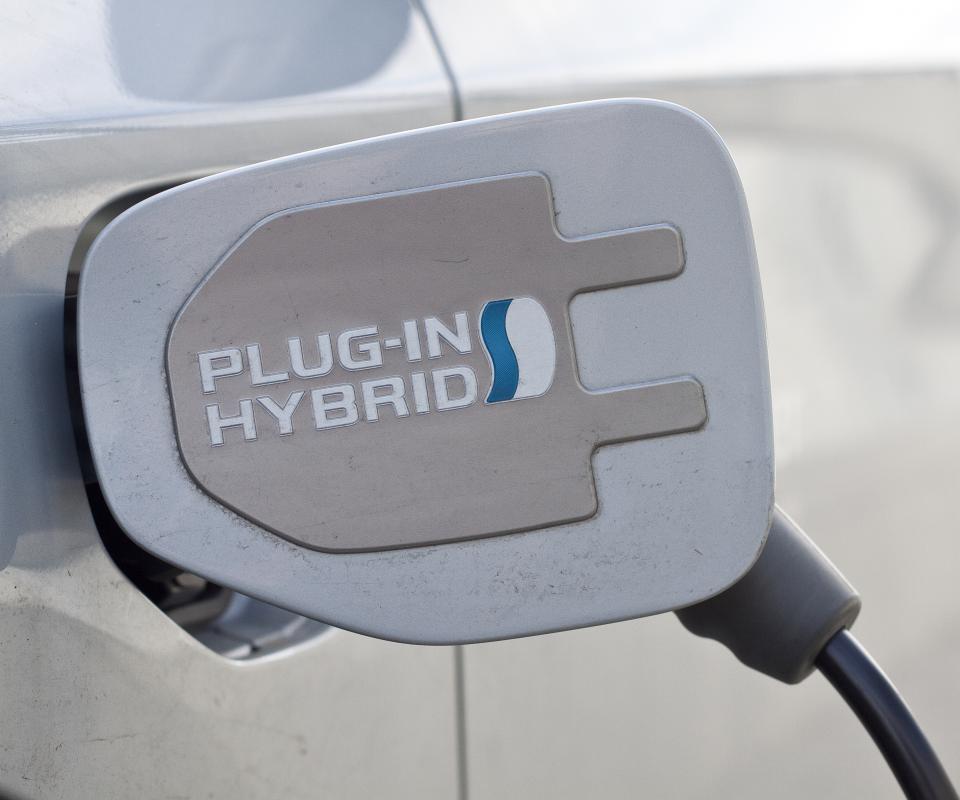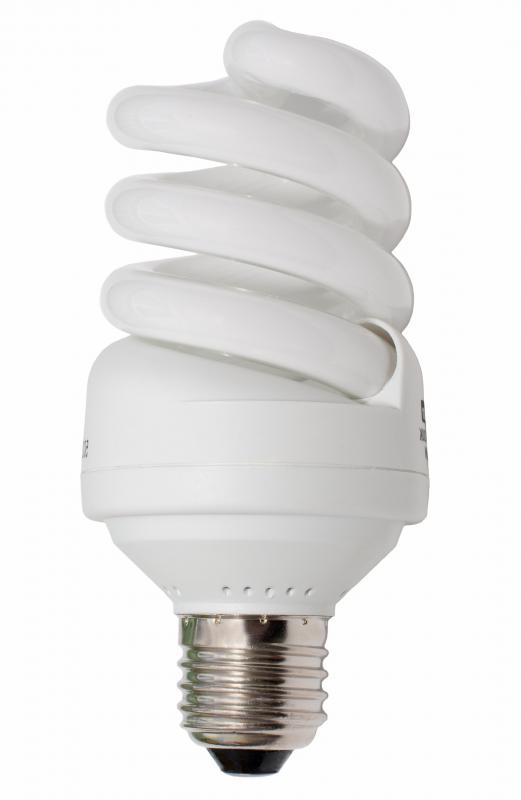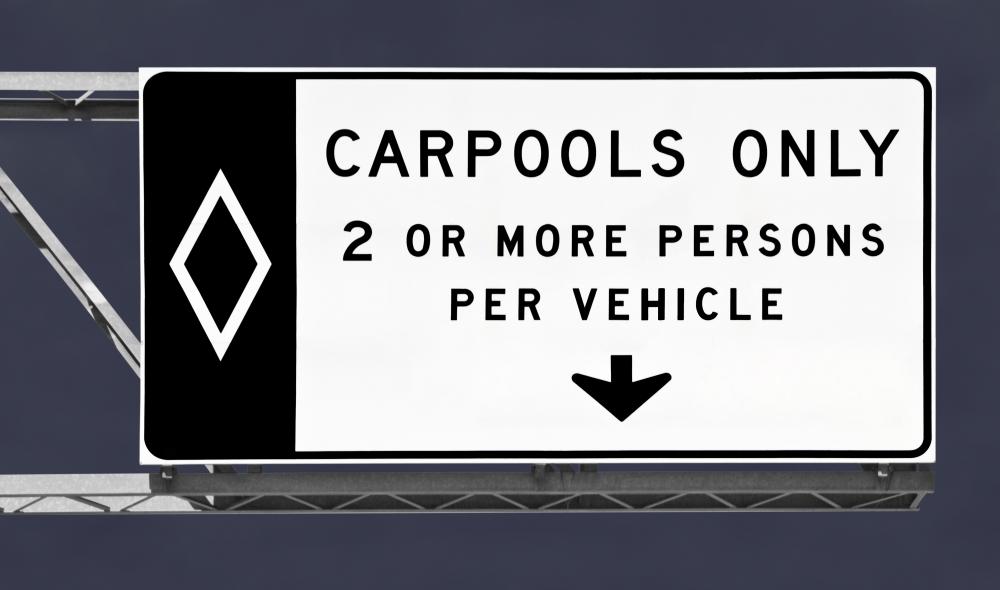At AllThingsNature, we're committed to delivering accurate, trustworthy information. Our expert-authored content is rigorously fact-checked and sourced from credible authorities. Discover how we uphold the highest standards in providing you with reliable knowledge.
What Are the Best Tips for Eco-Friendly Living?
Some of the best tips for eco-friendly living include establishing responsible habits, such as conserving utilities, reducing waste, and recycling. Individuals can also support sustainable living by purchasing more environmentally-friendly items, such as compact fluorescent lamps (CFLs), reusable bags, fuel-efficient vehicles, or energy-saving appliances. Going green can range from simple, individual actions to government or community efforts, such as refurbishing large buildings, encouraging energy research, or making trash collection and recycling processes more efficient.
Eco-friendly living can often begin with a few simple habit changes. Individuals who want to focus on establishing green living habits can begin recycling more and reducing gas, water, and electricity consumption. Many cities and counties will post online lists of recyclable items and materials that recycling enthusiasts can consult to minimize waste. Some recyclable items, such as plastic soda rings, wrapping paper, and paint cans, are often overlooked, so reviewing these lists can be helpful.

Reducing water consumption, another opportunity for eco-friendly living, can easily be accomplished by taking shorter showers, washing dishes in a full dishwasher instead of by hand, and maximizing the size of laundry loads. Turning off unused electronics and turning down the heat while away from home can also make large reductions in energy usage and in energy bills. Carpooling or driving a more fuel-efficient car can greatly reduce emissions and increase environmentally-conscious living.

Individuals can also make simple purchases that will benefit the environment. One major eco-friendly purchasing tip is to buy CFLs or light-emitting diode (LED) light bulbs. Not only are they much more energy efficient, but they also last much longer and cost less over time than traditional light bulbs. Reusable bags, which are generally made out of cloth or recycled plastics, are also a good option for reducing the waste generated by paper and plastic shopping bags. Carrying purchased items in a purse or backpack is another easy way to reduce waste.

Larger purchases, such as cars, appliances, or heating systems, are also opportunities to boost eco-friendly living. When it’s time to install a new appliance, choosing one that conserves energy or uses less water will ultimately reduce a household’s carbon footprint. Radiant heating and solar heating systems are generally more energy efficient than furnaces or space heaters, and many of these systems use solar energy to operate. Purchasing an electric car, a hybrid car, or one that gets better gas mileage can lower emissions and also support a more environmentally-friendly lifestyle.
Frequently Asked Questions
What are the most effective ways to reduce my carbon footprint at home?

Reducing your carbon footprint at home can be achieved by implementing energy-efficient practices. According to the U.S. Department of Energy, using LED light bulbs can save up to 75% of lighting energy. Additionally, insulating your home properly, utilizing programmable thermostats, and opting for Energy Star appliances can significantly lower energy consumption and reduce greenhouse gas emissions.
How can I make my diet more eco-friendly?

Adopting a plant-based diet is one of the most impactful ways to live more sustainably. The United Nations reports that livestock farming contributes 14.5% of all anthropogenic greenhouse gas emissions. By reducing meat consumption and choosing locally-sourced, organic produce, you can decrease your environmental impact and support sustainable agriculture.
What are some simple water conservation methods I can use?

Simple water conservation methods include fixing leaks promptly, which can save about 10,000 gallons of water per year according to the Environmental Protection Agency (EPA). Installing low-flow fixtures, collecting rainwater for gardening, and only running dishwashers and washing machines with full loads are also effective strategies for reducing water usage.
Can recycling and composting really make a difference?

Yes, recycling and composting can make a significant difference. The EPA states that recycling and composting prevented the release of approximately 186 million metric tons of carbon dioxide in 2017, equivalent to taking over 39 million cars off the road for a year. These practices reduce landfill waste, conserve resources, and lower greenhouse gas emissions.
What eco-friendly transportation options should I consider?
Consider eco-friendly transportation options such as cycling, walking, carpooling, or using public transit to reduce your reliance on fossil fuels. For longer distances, electric or hybrid vehicles offer a more sustainable alternative, with electric cars having the potential to reduce greenhouse gas emissions by about 54% compared to gasoline cars, as reported by the Union of Concerned Scientists.
How can I reduce waste from single-use plastics?
To reduce waste from single-use plastics, start by using reusable bags, bottles, and containers. The World Economic Forum highlights that about 8 million tons of plastic end up in the ocean each year. By choosing alternatives to single-use plastics, you can help reduce this pollution and protect marine ecosystems. Additionally, support legislation and companies that prioritize sustainable packaging.
AS FEATURED ON:
AS FEATURED ON:

















Discuss this Article
Post your comments